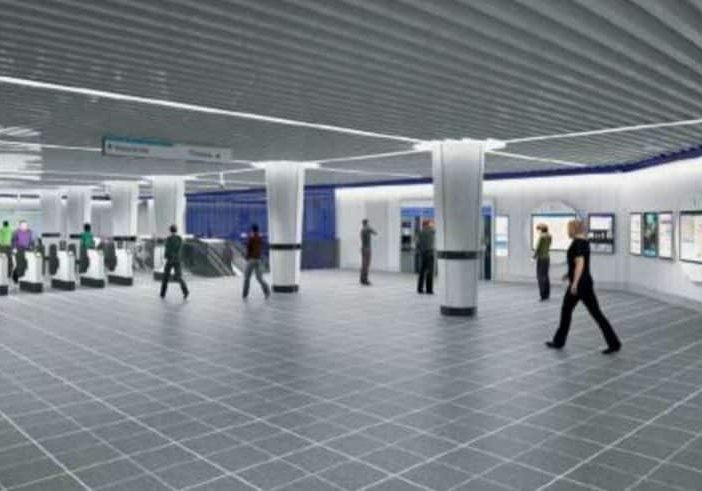Let’s Talk About the Future
Apr 1, 2021


I’ve read several editorials recently that predict the U.S. economy is heading toward a boom later in 2021 due to fast rollout of vaccines and infusions of cash from the federal government. That certainly sounds promising, but the small print reveals a downside: some jobs lost in the pandemic are never coming back. Why? Part of it is automation, which sped up in the last year. Bill Gates said in November 2020 that half of travel won’t come back, and 30% of days in the office will change forever. More will work from home, and robots will take many low-level jobs. What does this mean for the elevator industry? Maybe not much in the short term: elevators can’t be serviced from home, and I don’t see robotic field technicians in our future. However, architects may build space differently: fewer hotels and office space and more residential with space for home offices. There will be fewer jobs in restaurants, hotels and retail and a massive need for retraining people. Susan Lund, head of the McKinsey Global Institute, says, “It means we are going to need a lot more short-term training and credentialing programs.” The elevator industry worldwide shines in education. Two training systems compete in the U.S. and Canada to the benefit of both.
So, we start with Continuing Education. Traction Sheave Maintenance by John W. Koshak and Tim Ebeling is excellent. The authors show how to identify and prevent traction sheave damage due to unequal rope tension.
Our focus this month on Cabs and Accessories goes hand in hand with our Special Advertising Section on COVID-19. The interior of an elevator is the only part of an elevator the general public encounters for more than a few seconds, and the industry shows its inventiveness here. Meanwhile, six articles round out the Focus Topic:
- Universal Design Principles for Cabs: Accessibility by Muharrem B. Çakirer reviews EN 81-70’s cab standards, which he believes should be followed to help make lifts accessible to all.
- Keeping Elevators Safe From Infections by Dr. Michael Davies and Dr. P.J.B. Scott assesses how COVID-19 spreads and how to reduce the risks in elevator cabins.
- ECR Custom Elevator Interiors sees Lee Freeland interview ECR – Elevator Cab Renovations Vice President of Product Development Jonathan Adair about his approach to interior design that will last and can be easily repaired.
- 1950s Innovations in Elevator Cab Design by Dr. Lee Gray describes the rise of operator-less elevators and how some prominent inventors of the day responded to it.
- Ingenuity by Design by Kaija Wilkinson tells how, with e-li fixing system, even a 200-lb monitor can be easily mounted in an elevator cab. The product also makes installing handrails or other wall accessories in a cab possible for a single mechanic.
- A feature, Modernization of an Icon by Nick Gretsuk, also focuses on the cabs. Forty-five elevators at PENN1 (formerly 1 Penn Plaza) were modernized by CEC, Schindler and others, and a new shuttle elevator was added. They feature LCD screens, CEC’s Sterilyft system and Schindler’s PORT to help make this iconic NYC building’s reopening (later this year) a technological showcase.
- Not Just a Quick Fix by Dennis Van Milligen is another modernization-based feature. TKE (the new name of thyssenkrupp Elevator — see the news on p. 36) worked seven days straight and used overnight crane picks to save time during modernization of nine elevators at the University of Miami Hospital. The company’s AGILE smart system helped improve traffic flow.
There is much more to enjoy in this issue — too much to elaborate on here — but I would be remiss if I didn’t mention Renaissance Man by Lucy Faerber. This is a heartwarming remembrance of Bill Casey, founder of Claddagh Electronics Ltd. of Long Island City, New York, who died in December 2020. Our book is just not big enough for all his accomplishments. He will be missed by many, including me.
Get more of Elevator World. Sign up for our free e-newsletter.









